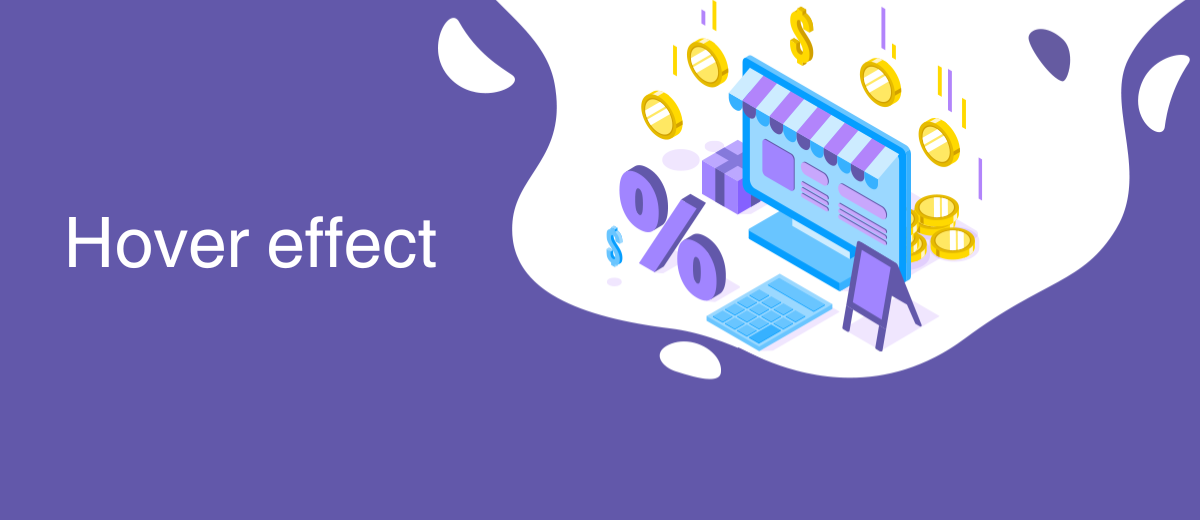Hover effect
The hover effect, a popular web design technique, is an interactive visual change that occurs when a user places their cursor over a specific element on a webpage without clicking on it. Also known as a "mouseover effect," it is commonly used in website navigation menus, buttons, and links to improve user experience and provide visual feedback. The hover effect has become an essential component of modern web design, as it enhances the user's ability to navigate and interact with a website.
There are various ways to implement hover effects on a webpage, ranging from simple color changes to complex animations. Some common hover effect techniques include:
- Color change: One of the simplest hover effects involves changing the background color, text color, or border color of an element when the user hovers over it. This subtle change can make the element more noticeable and indicate that it is interactive.
- Underline or border: Adding an underline or border to a text element, such as a link, when the user hovers over it is another common hover effect. This technique not only highlights the interactive nature of the element, but also enhances its visual appeal.
- Opacity change: Adjusting the opacity of an element upon hover can create a sense of depth and interactivity. This effect is often used with images, icons, and buttons to emphasize their clickable nature.
- Animation: More complex hover effects involve the use of animations, such as scaling, rotation, or transition effects, to create a more dynamic user experience. These animations can be achieved using CSS transitions, key frames, or JavaScript.
The implementation of hover effects should be done with care, considering both aesthetics and functionality. Overusing hover effects or applying them to elements that do not require interaction can lead to a confusing user experience. Additionally, it is essential to consider touch-based devices, such as smartphones and tablets, which do not support hover effects. In such cases, alternative design solutions should be employed to ensure a consistent and accessible user experience across all devices.
In conclusion, the hover effect is a valuable web design technique that enhances user experience and interactivity. By employing hover effects judiciously and considering various devices, designers can create visually appealing and functional websites.
Back Home eCommerce Encyclopedia
Set up integration without programmers – ApiX-Drive
Articles about marketing, automation and integrations on our Blog

